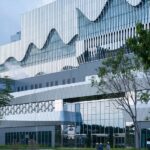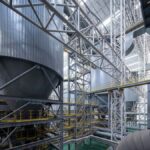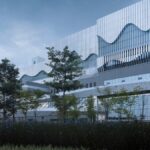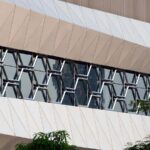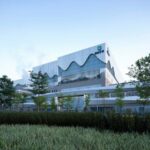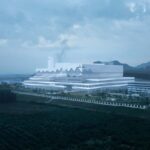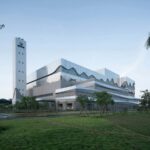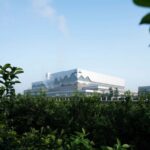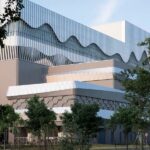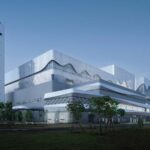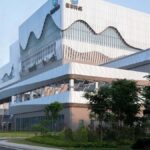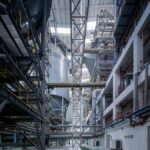Introduction
The Nanning Shuangding Waste-to-Energy Power Plant, designed by UUA (United Units Architects), stands as a testament to the innovative integration of industrial function and environmental harmony. Situated amidst the captivating landscape of Nanning, China, this architectural marvel redefines traditional perceptions of waste management facilities.
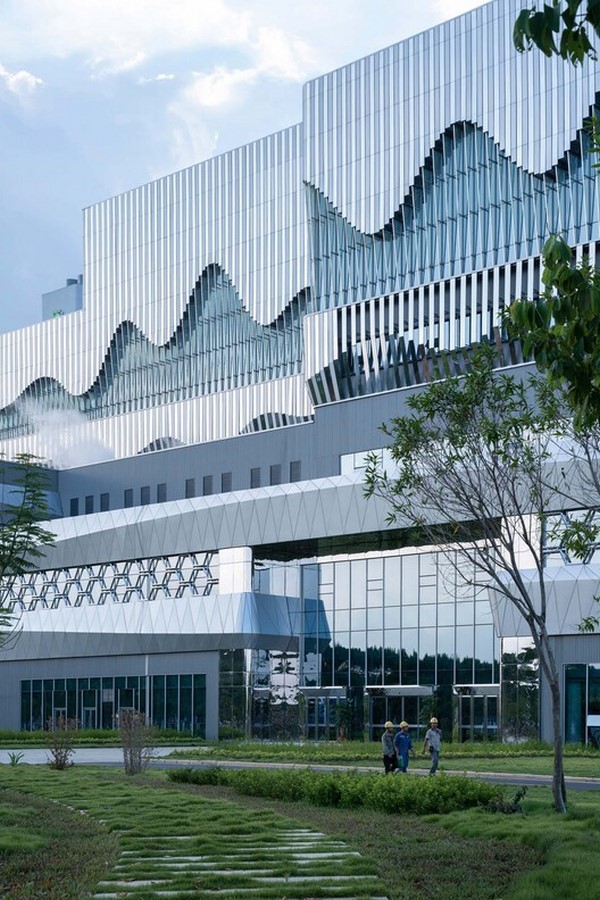
Context and Purpose
Located in the eucalyptus forest of Nanning, the power plant embodies a balance between nature and industry. Led by UUA’s Design Partner Yongzheng Li and Managing Partner Qizhi Li, the project aims to set a new standard for waste-to-energy plants in China. With a focus on sustainability and public acceptance, the design team sought to create a facility that seamlessly blends into its surroundings while promoting environmental stewardship.
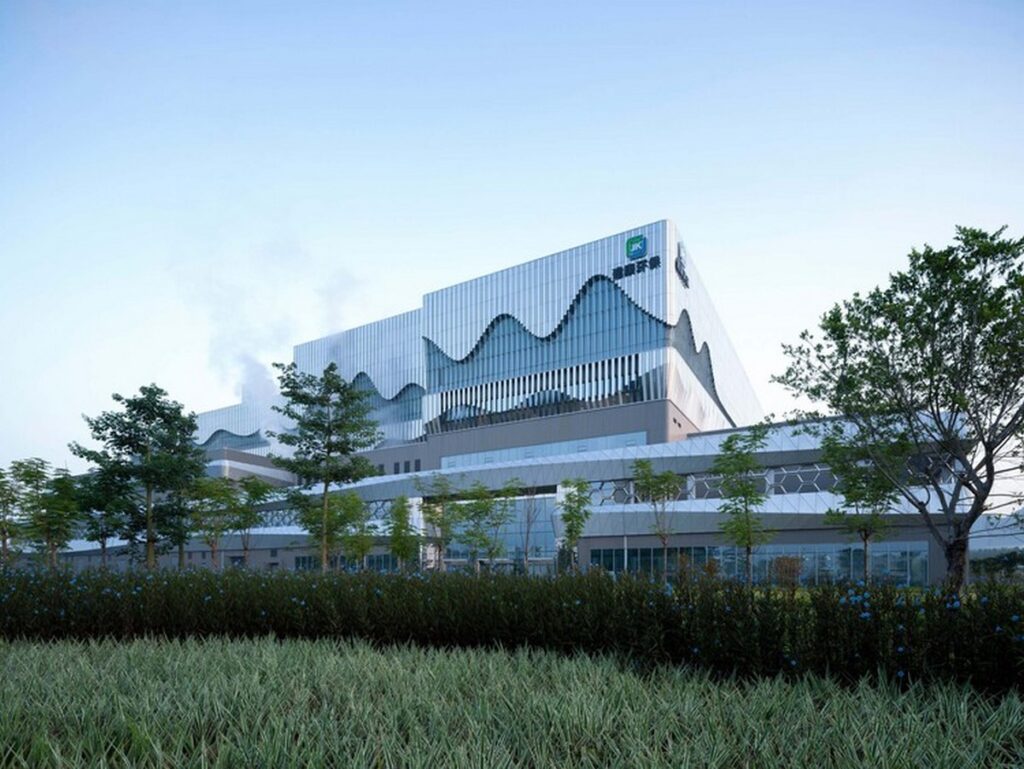
Embracing Innovation
In response to evolving attitudes towards waste management, the design of the power plant emphasizes advanced technology and environmental responsibility. By incorporating high-standard emissions controls and efficient waste conversion processes, the facility mitigates environmental impact while contributing to global efforts towards carbon neutrality.
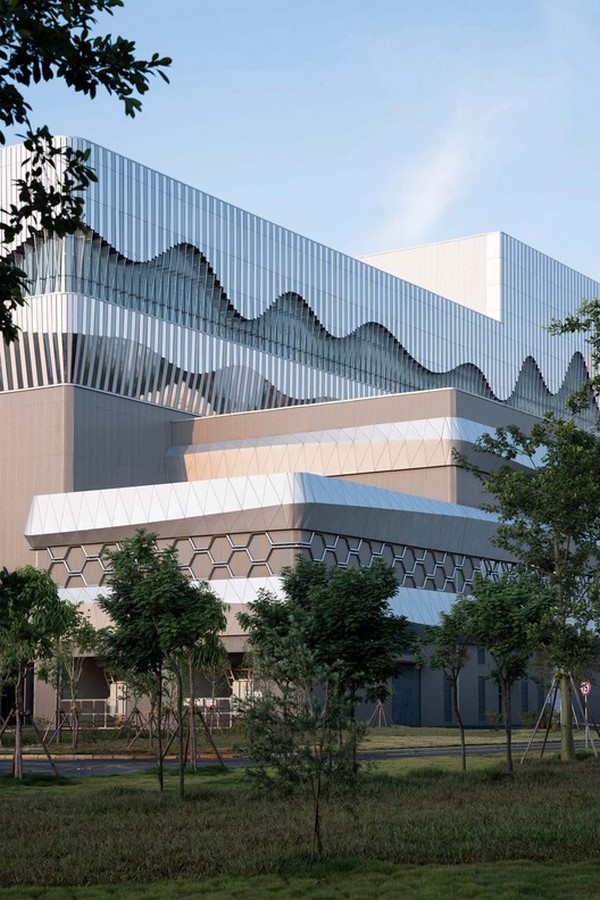
Aesthetic Integration
Beyond its functional purpose, the power plant serves as a symbol of architectural ingenuity and cultural relevance. Drawing inspiration from Nanning’s natural landscape and rich cultural heritage, the facade of the building mirrors the undulating mountains and traditional crafts of the region. Through parametric design and meticulous detailing, the architecture seamlessly merges art and engineering.

Operational Efficiency
As a core element of industrial infrastructure, the power plant operates with precision and efficiency. From waste collection to energy generation, each step of the process is carefully orchestrated to minimize environmental impact and maximize resource utilization. The facility’s transparent design allows visitors to witness the engineering spectacle firsthand, fostering a deeper appreciation for waste management practices.
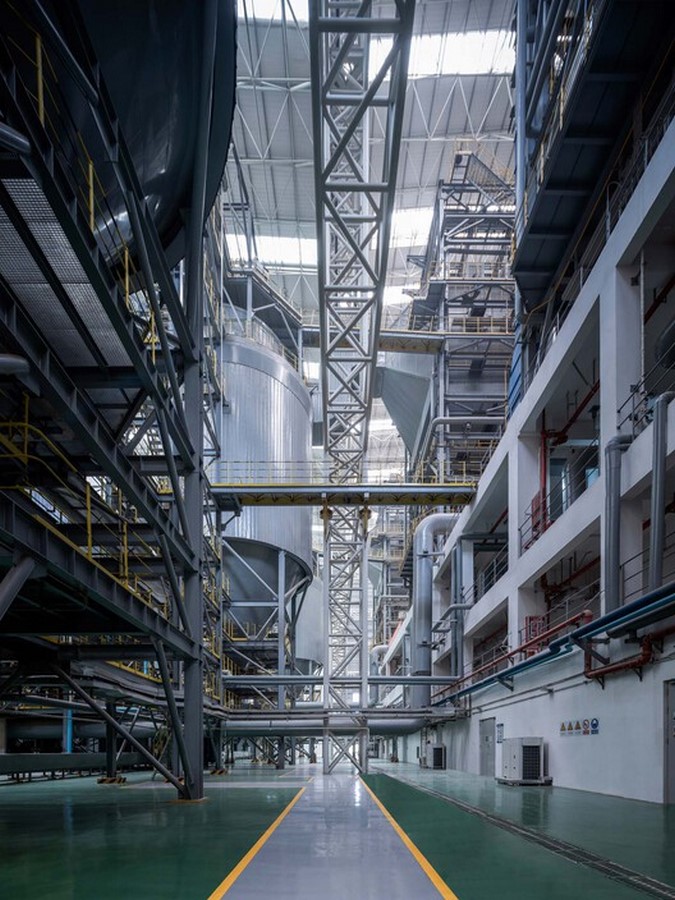
Conclusion: A Union of Art and Engineering
The Nanning Shuangding Waste-to-Energy Power Plant exemplifies the successful integration of artistry and functionality. By reimagining waste management facilities as architectural landmarks, UUA has paved the way for a new era of sustainable development. Through careful consideration of context, innovation, and aesthetics, the power plant stands as a testament to the transformative power of design in shaping the future of industry and environmental stewardship.



